F1 teams will be faced with a major headache this season when it comes to reliability after the FIA confirmed a return to stringent limits for power unit components.
Each car on the grid will be allocated three each of the Internal Combustion Engine [ICE], Motor Generator Unit-Hybrid and Kinetic [MGU-H, MGU-K], and Turbo Charger [TC].
With F1 embarking on a record-breaking season length, is the sport's entertainment value - which has so evidently longed for in recent years - be put at risk by the quest for efficiency?
Viewed by others:
Component workload
Three power unit components per car, per season is by no means a new restriction.
But an amendment last season, aimed at helping the teams reach the end of the campaign without having to take a grid [penalty given there was an increase to six Sprint races, allowed four components per car.
That was with 'only' 22 Grands Prix after the cancellations of the Chinese and Emilia Romagna events. This season, however, 24 is the target for F1 and, finally, a record-breaking number.
So with 24 races plus six sprints, and the qualifying and practice sessions at each event, each component will have to last 20 practice sessions, 10 qualifying sessions [of which two would be half-length by virtue of the Sprint Shootout], two Sprints and eight Grands Prix.
Any failure when the workloads are as such would almost certainly confirm a grid penalty down the line for any driver, which ultimately would affect the overall show.
Why are components limited?
There are two main reasons why power unit components are limited in F1 - both regarding sustainability.
The main issue is financial sustainability. Teams in years gone by were able to develop however many engines they needed to get racing - there was one period of time when engines would be changed between qualifying and the race!
This, of course, got way out of hand and was in no way sustainable for any party, given manufacturers were also supplying customer teams.
Such a burden not only impacted the incumbent OEMs but also proved a deterrent for incoming suppliers and the work done to drive power unit costs down in recent years since the introduction of admittedly expensive turbo-hybrids in 2014 has paid dividends, with the new regulations in 2026 welcoming back Honda as well as flinging arms open for Ford [with Red Bull] and Audi. Cadillac has also signed up to be a supplier.
Another vital issue both the FIA and F1 are committed to is environmental sustainability, with both parties setting ambitious net-zero targets by 2030.
Teams are targeting various facets of their organisations in order to reduce carbon dioxide emissions and one way that can help is to reduce the manufacturing of components.
Therefore, the limit placed on power unit components has a sizable environmental impact across the board.
Road relevance is another sticking point - especially for the FIA - with the topic a driving force behind new manufacturers seeking to join the grid. No OEM would seek to transfer an engine that lasts a few hundred kilometres to a road car, so efficiency is a key attribute when selling the sport to prospective entrants.
What are the sporting consequences
Teams may be forced to run their power units well under 100 per cent power across the season. This would mean true pace could be masked and obviously alter the pecking order.
It is worth noting that power units are often 'turned down', so this would be far from a new phenomenon. But still, part of the attraction of F1 is that these incredible machines are the pinnacle of motorsport, so anytime the full potential is left unyielded, a disappointing feeling is shared.
But the biggest issue is that of the grid penalties.
A failure for any component can often ruin a weekend - whether it is a lack of practice time leading to a sub-optimal set-up, or a retirement from qualifying or the race.
To then have a double-whammy and be forced into a penalty for the following event is a sucker punch for the driver and fans alike. Whilst punishments must be given for the offence and not the consequence, a title-deciding event in Abu Dhabi, for example, being interrupted by a grid penalty for one of the protagonists would be an awful image for the sport - especially for the casual viewer who may be taking an interest in a similar way the 2021 season finale gathered interest outside the traditional fanbase.
One can only hope such a scenario doesn't come but for many the grid penalties are an evil. However, for the longevity of the sport, they are a necessary evil.
Don't miss out on any of the Formula 1 action thanks to this handy 2026 F1 calendar that can be easily loaded into your smartphone or PC.
Download the calenderMost read
In this article

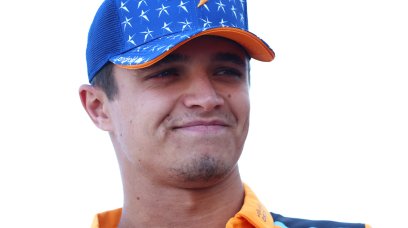
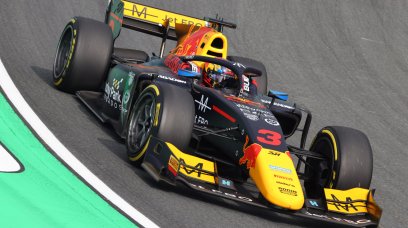


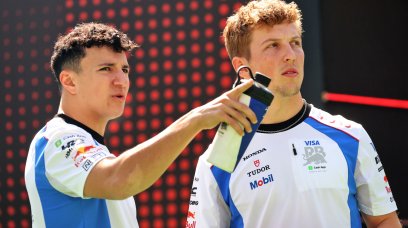


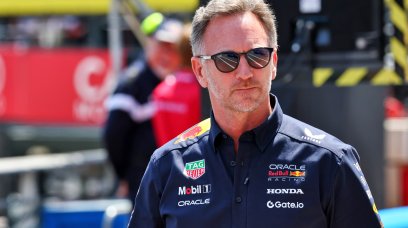

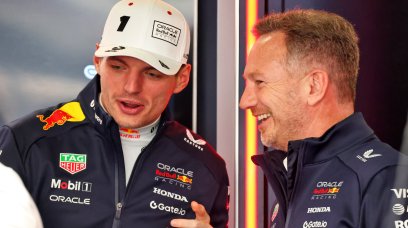


Join the conversation!